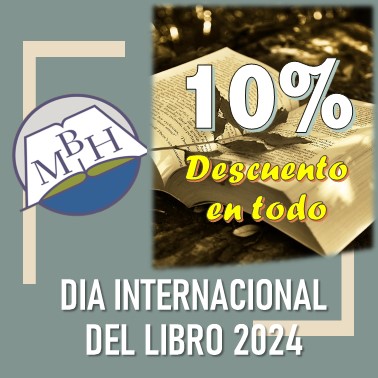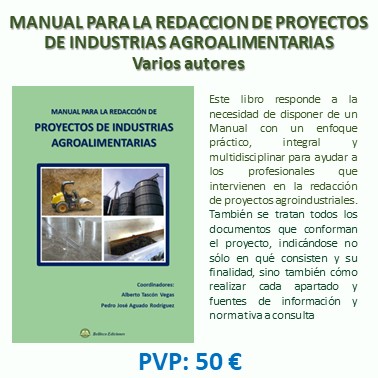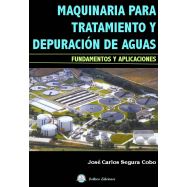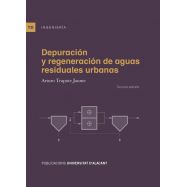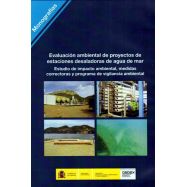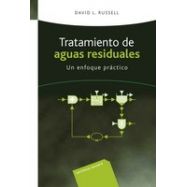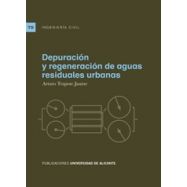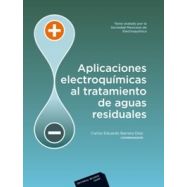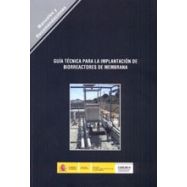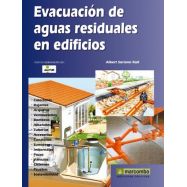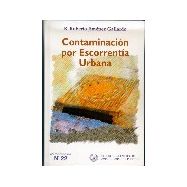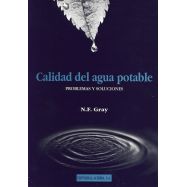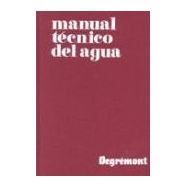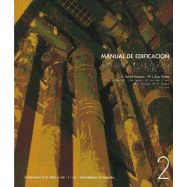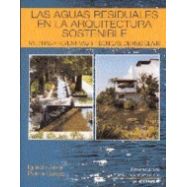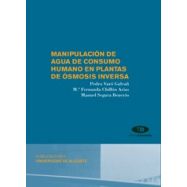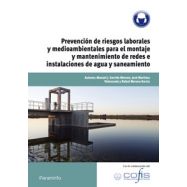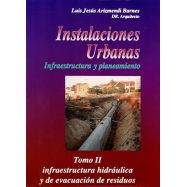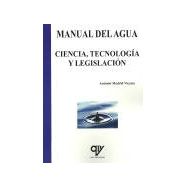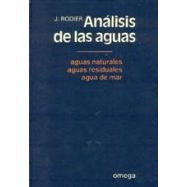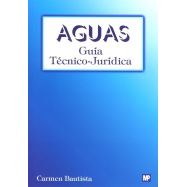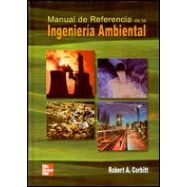Ningún producto
Materias
- BELLISCO EDICIONES. Nuestro Fondo Editorial
- FONDOS EDITORIALES EN DISTRIBUCION
- LIBROS TECNICOS EN INGLES
- ARQUITECTURA - URBANISMO
- AUTOMOCION - MOTORES - VEHICULOS
- AVIONICA - AERONAUTICA
- CALIDAD - EMPRESARIALES - GESTION
- CIENCIAS EXACTAS - MATEMATICAS
- CIENCIAS NATURALES Y APLICADAS
- CIENCIAS DE LA TIERRA - INGENIERIA DEL SUELO
- DICCIONARIOS TECNICOS
- ESTRUCTURAS - CONSTRUCCION
- FORMACION PROFESIONAL
- HIDRAULICA - INGENIERIA SANITARIA - AGUAS
- Abastecimiento y Distribución
- Águas subterráneas
- Tratamiento. Depuración y Reutilización de aguas
- Tuberías - Conducciones - Válvulas - Depósitos
- Mecanica de Fluidos
- Aguas, hidráulica e Ingª Sanitaria en General
- Novedades en Ingª Sanitaria, aguas, Hidráulica
- Hidrologia, Hidraulica Fluvial, Rios, cuencas y sedimentos
-
- INGENIERIA CIVIL - OBRAS PUBLICAS
- INGENIERIA MECANICA E INDUSTRIAL
- INSTALACIONES . GENERALES, EN EDIFICACION E INDUSTRIALES
- MATERIALES
- MEDIO AMBIENTE
- NORMATIVA
- OPOSICIONES
- PREVENCION DE RIESGOS LABORALES
- PROGRAMAS INFORMATICOS DE CALCULO
- TECNOLOGIA DE LOS ALIMENTOS: Industrias: Conservación, envasado y cadenas alimentarias
- TELECOMUNICACIONES - INFORMATICA - TECNOLOGIA DE LA INFORMACION
- OUTLET DE BELLISCO: Descuentos de hasta el 80%
- RELIGION, TEOLOGIA, MORAL Y ESPIRITUALIDAD
- VARIOS
- OFERTAS
- PROMOCIONES
- NEWSLETTER
- CATEGORIAS DESTACADAS
- ULTIMAS NOVEDADES BELLISCO
- ARQUITECTURA SOSTENBILE
- URBANISNO
- MATEMATICAS EN GENERAL
- AGRONOMOS-AGRICULTURA-FORESTALES
- ELECTROMAGENTISMO-ELECTRONICA-ELECTRICIDAD
- INGª Y MECÁNICA DEL SUELO. CIMENTACIONES
- TOPOGRAFIA, FOTOGRAMETRÍA, GEODESIA
- EDIFICACION
- ANALISIS DE ESTRUCTURAS, RESISTENCIA DE MATERIALES, ELASTICIDAD, CALCULO MATRICIAL
- OFICIOS VARIOS
- ABASTECIMIENTO Y DISTRIBUCION DE AGUA
- PUENTES
- TUNELES Y OBRAS SUBTERRANEAS
- MAQUINAS Y MECANISMOS
- SOLDADURA
- CLIMATIZACION
- INSTALACIONES DE AGUA
- INSTALACIONES ELECTRICAS CIENCIA E INGENIERIA DE MATERIALES
- ENERGIAS RENOVABLES
- DESARROLLO SOSTENIBLE
- INFORMATICA-SISTEMAS-FORMACION-PROGRAMAS
-
A NOVEL APPROACH TO SLUDGE TREATMENT USING MICROWAVE TECHNOLOGY
 Ver más grande
Ver más grande Referencia: Código 09762
Marzo de 2022 - Eva Kocbek - Refª 9762
Eva Kocbek
Marzo de 2022 Páginas: 186
Código 9762 ISBN/EAN: 9781032217994
Book Description
Sludge transportation costs can represent a large fraction of the expenses associated with municipal and faecal sludge management. These costs can be mitigated through the use of thermal drying approaches to reduce the sludge volume. This thesis described the application of a novel microwave-based pilot-scale unit as an alternative technology for the sanitisation and drying of sludge from municipal wastewater treatment plants and on-site sanitation facilities. The potential economic benefits of volumetric heating, moisture levelling, and increased liquid and vapour migration from the interior to the surface of the product underpins the increasing interest in the use of microwave technology during sludge treatment processes. According to the findings of this study, these factors lead to faster processing times, improved drying rates, and a reduced physical footprint. Furthermore, microwave technology operates as a standalone treatment unit. When coupled with mechanical dewatering techniques and membrane separation technology, it can increase the reliability of the technology employed in the treatment of sludge while recovering valuable resources through an agricultural or thermochemical application such as (co-) combustion. The results of this work demonstrate the strong feasibility of applying microwave-based technology within initiatives designed to protect the environment and safeguard public health.
Table of Contents
Introduction, Microwave treatment of municipal sewage sludge: Evaluation of the drying performance and energy demand of a pilot-scale microwave drying system, Microwave treatment of municipal sewage sludge: Effects of the sludge thickness and sludge mass load on the drying performance, Effects of the sludge physical-chemical properties on the microwave drying performance of the sludge, Novel decentralised mobile system for the sanitization and dehydration of the sludge: A pilot evaluation in the Jordan Valley, Reflections and outlook.
Author(s)
Biography
Eva Kocbek completed her bachelor’s degree in Mechanical Engineering at the University of Maribor, Slovenia, specializing in Energy, Process, and Environmental Engineering. After graduation, she gained valuable practical experience in engineering and designing solutions for drinking applications with specialized water and wastewater company in Slovenia. To extend her working knowledge and understanding of water and sanitation, she later completed a Master of Water Engineering at the UNESCO-IHE Delft Institute for Water Education in Delft, The Netherlands. Driven by research and innovations, she started her doctoral research as part of a joint program at the Delft University of Technology, Faculty of Applied Science, Department of Biotechnology, and IHE Delft Institute for Water Education (formerly known as UNESCO-IHE), Department of Environmental Engineering and Water Technology. Her research project was developed and funded within the framework of the Programmatic Cooperation Dutch Ministry of Foreign Affairs and the IHE Delft (DUPC2) initiative. The underlying goal of the study was to develop a portable microwave-based treatment system for on-site faecal sludge management for the humanitarian and development WASH sector. She is currently working in the field of research, design, and operation of systems to address issues in the area of i) drinking water preparations, ii) the provision of ultra-pure water for dialysis centres, process water, and iii) sludge treatment.
Descripción del libro
Los costos de transporte de lodos pueden representar una gran fracción de los gastos asociados con la gestión de lodos municipales y fecales. Estos costos se pueden mitigar mediante el uso de enfoques de secado térmico para reducir el volumen de lodo. Esta tesis describió la aplicación de una nueva unidad a escala piloto basada en microondas como tecnología alternativa para la higienización y secado de lodos de plantas de tratamiento de aguas residuales municipales e instalaciones de saneamiento in situ. Los posibles beneficios económicos del calentamiento volumétrico, la nivelación de la humedad y el aumento de la migración de líquidos y vapores desde el interior a la superficie del producto respaldan el creciente interés en el uso de la tecnología de microondas durante los procesos de tratamiento de lodos. De acuerdo con los hallazgos de este estudio, estos factores conducen a tiempos de procesamiento más rápidos, mejores tasas de secado, y una huella física reducida. Además, la tecnología de microondas funciona como una unidad de tratamiento independiente. Cuando se combina con técnicas mecánicas de deshidratación y tecnología de separación por membrana, puede aumentar la confiabilidad de la tecnología empleada en el tratamiento de lodos mientras se recuperan recursos valiosos a través de una aplicación agrícola o termoquímica como la (co-)combustión. Los resultados de este trabajo demuestran la gran viabilidad de aplicar tecnología basada en microondas dentro de iniciativas diseñadas para proteger el medio ambiente y salvaguardar la salud pública. puede aumentar la confiabilidad de la tecnología empleada en el tratamiento de lodos mientras recupera valiosos recursos a través de una aplicación agrícola o termoquímica como la (co-)combustión. Los resultados de este trabajo demuestran la gran viabilidad de aplicar tecnología basada en microondas dentro de iniciativas diseñadas para proteger el medio ambiente y salvaguardar la salud pública. puede aumentar la confiabilidad de la tecnología empleada en el tratamiento de lodos mientras recupera valiosos recursos a través de una aplicación agrícola o termoquímica como la (co-)combustión. Los resultados de este trabajo demuestran la gran viabilidad de aplicar tecnología basada en microondas dentro de iniciativas diseñadas para proteger el medio ambiente y salvaguardar la salud pública.
Tabla de contenido
Introducción, Tratamiento con microondas de lodos de depuradora municipal: evaluación del rendimiento de secado y la demanda de energía de un sistema de secado por microondas a escala piloto, Tratamiento con microondas de lodos de depuradora municipal: Efectos del espesor del lodo y la carga de masa de lodo en el rendimiento de secado, Efectos de la Propiedades físico-químicas del lodo sobre el rendimiento del secado por microondas del lodo, Nuevo sistema móvil descentralizado para la desinfección y deshidratación del lodo: una evaluación piloto en el Valle del Jordán, Reflexiones y perspectivas.
TAMBIEN LE PUEDE INTERESAR
- 77,40 €
- 30,60 €
- 25,20 €
- 93,60 €

